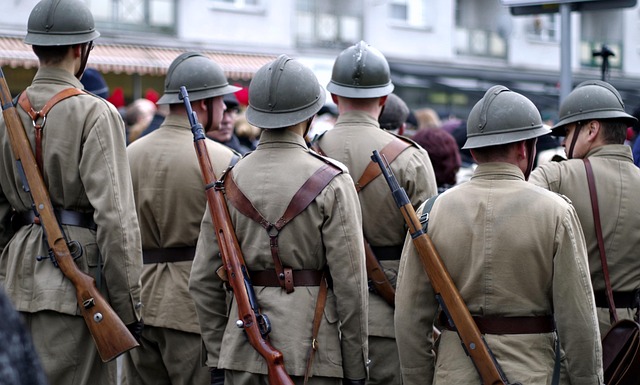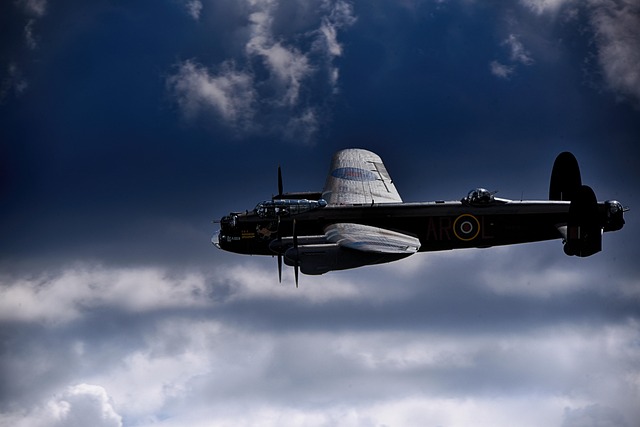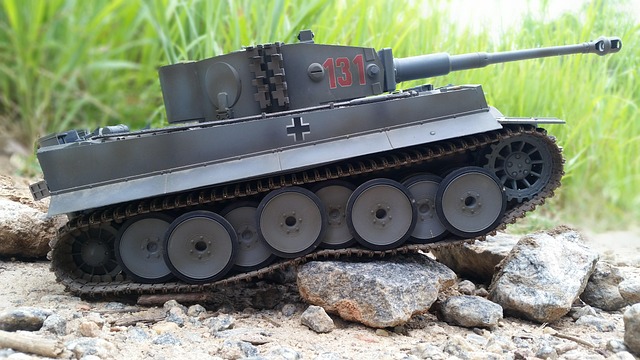The Dawn of “Operation Rising Lion”
Israel-Iran War 2025: Early on June 13, 2025, Israel launched a large-scale military strike against Iran, code‑named Operation Rising Lion, marking the most significant single assault on Iranian soil in over thirty years. The offensive included:
- Deploying over 200 warplanes, long-range drones, munitions, and covert Mossad-led ground teams deep inside Iran, with surprise strikes on more than 200 targets.
- Key targets included strategic sites:
- Uranium enrichment facilities at Natanz, Fordow, and Isfahan
- Ballistic missile depots, IRGC command centers, air-defense nodes
- Residential compounds of senior Iranian military and nuclear personnel.
This marks a dramatic escalation beyond previous Israeli missions like the 2024 strikes, entering uncharted levels of direct confrontation.
2. Decapitation of Iran’s Military Leadership in Israel-Iran War 2025 :
One of the most striking outcomes was the loss of Iran’s top generals:
- Major General Hossein Salami, IRGC commander—dead
- Major General Mohammad Bagheri, armed forces chief of staff—dead
- Major General Gholam Ali Rashid, Khatam ol-Anbia headquarters—dead
- Also killed: IRGC Aerospace commander Amir Ali Hajizadeh and senior security official Rear Admiral Ali Shamkhani.
This decapitation strategy aimed to disable Iran’s command-and-control and military coordination. Over six nuclear scientists were also killed, alongside scores of senior military officers.

3. The Fallout: Infrastructure, Civilian Harm, and Panic
Infrastructure Targets
- Natanz, Iran’s central enrichment complex, suffered major damage and plumes of smoke were visible—though the extent of radioactive contamination remains uncertain (IAEA is investigating).
- Secondary strikes hammered Fordow and Isfahan. However, experts note Fordow may resist such attacks unless the U.S. is involved, given its deep underground depth.
Civilian Toll and Emergency Protocol
- Iranian state sources report at least 78 civilian deaths and over 329 injured, including children.
- Explosion damage damaged residential buildings in northern Tehran—windows shattered, fires erupted, and widespread panic ensued.
- Panic-stricken residents emptied stores and fled streets; Iranian trucks queued at petrol stations as people braced for war .
In Israel, air raid sirens blared across Tel Aviv, Jerusalem, and northern towns as Iranian missiles and drones were intercepted. Despite rare injuries, the psychological impact remains profound.
4. Iran’s Response: Drone and Missile Barrages
Within hours, Iran responded with force:
- Launched hundreds of ballistic and cruise missiles, along with over 100 attack drones.
- Israeli air defenses intercepted most threats before reaching sovereign airspace—though several produced spectacular explosions seen in the skies .
- Five Israeli civilians sustained light to moderate injuries via shrapnel fallout.
5. Strategic Context: Why Israel Struck Now?
Israel justifies its strike by asserting that Iran has amassed over 400 kg of uranium enriched to ~60%, edging towards bomb-ready levels (~90%)—enough for nine nuclear weapons.
The IAEA recently censured Iran for violating non-proliferation obligations and inspecting covert sites. Israel claims the operation:
- Preemptively disrupts Iran’s nuclear and missile capabilities
- Decapitates military leadership to dismantle strategic threat
- Attempts to force Iran back to negotiations—though experts doubt long-term effectiveness

6. Global, Regional, and Political Responses to Israel-Iran War 2025
United States
- President Trump said Washington was informed in advance but was not directly involved.
- Trump reiterated that Iran still has a “second chance” to negotiate, though he affirmed the strike was necessary .
- U.S. officials emphasized deterrence while urging calm and diplomacy .
United Nations & IAEA
- A UN Security Council emergency session was convened at Iran’s request.
- IAEA chief Grossi condemned attacks on nuclear facilities for jeopardizing nuclear safety.
Global Powers
- Russia condemned Israel’s strike.
- Saudi Arabia, Turkey, and Western European leaders called for restraint and revived diplomacy.
- Analysts warn proxies like Hezbollah, the Houthis, and others could be drawn in .
7. Regional & Energy Market Fallout for Israel-Iran War 2025
Oil and Markets
- Brent crude spiked ~6%, touching $72/barrel, amid fears of extended disruption.
- Analysts estimate possible shortfalls of 5–20 million barrels/day if Gulf tensions worsen .
Security Beyond Israel–Iran
- Targeting ballistic missile launchers, Iranian proxies’ capabilities may be hindered.
- Iran may retaliate via the Strait of Hormuz or Gulf energy infrastructure, and historical patterns show potential missile assaults on U.S. bases in the region.
8. Strategic Implications & Escalation Risk
Conflict Spiral
- Escalation is likely in waves: Israel may conduct additional strikes until perceived threats are neutralized, while Iran may unleash ballistic missiles and proxies.
- Some analysts fear the Strait of Hormuz could see attacks, threatening global trade.
U.S. Involvement Risk
- Though Trump insists the U.S. isn’t involved, geopolitical proximity and previous precedents (e.g. Soleimani assassination in 2020) suggest U.S. forces could be drawn in if Iranian proxies act against them .
Nuclear Proliferation Fallout
- Striking nuclear facilities may harden Iran’s resolve to accelerate a nuclear weapon, undermining non-proliferation efforts .
- U.S.–Iran talks scheduled for June look increasingly unlikely under current tension .
9. Humanitarian Toll & Public Opinion on Israel-Iran War 2025
Inside Iran
- Civilian trauma in Tehran is palpable: panic, fear attacks, and questions about regime resilience .
- The regime has swiftly promoted replacements to maintain stability—yet economic strains and public anxiety are rising .
In Israel
- While casualties have mostly been avoided, the threat remains: citizens in shelters, constant radio sirens, and psychological strain on communities .
10. What Lies Ahead in Israel-Iran War 2025 ?
Immediate Outlook
- Israel vows to continue Operation Rising Lion until “necessary”—with Netanyahu promising persistence.
- Iran’s Supreme Leader declared the assault a “declaration of war” and vowed severe revenge .
Medium-Term Scenarios
- Regional war fracturing: Iran might leverage proxy groups (Hezbollah, Houthis) to open multiple fronts .
- U.S. entanglement becomes more probable if American bases are attacked or proxies target U.S. interests.
Long-Term Consequences
- Deadlock of nuclear negotiations, accelerated Iranian weaponization, and an arms race in the Middle East.
- Disruption of global oil markets with lingering supply volatility.
- A shift toward new alliances as Gulf states navigate regional instability and choose sides.
In Summary
- Israel’s Operation Rising Lion: A far-reaching air and ground campaign striking Iranian nuclear and military assets, killing senior commanders and scientists.
- Iran’s retaliation: Massive missile and drone salvos overwhelmed Israeli interceptors and triggered nationwide alerts.
- Global stakes: A UN emergency call, surging oil prices, heightened war risks, and urgent warnings from world powers.
- Potential outcomes: Could spiral into wider Middle East conflict, pull in the U.S., and fracture nuclear diplomacy.
- Humanitarian impact: Civilian casualties and national panic in both countries; grave psychological and societal stress taking hold.
Closing Thoughts
June 13, 2025, has dramatically reshaped the Israel–Iran landscape. Where once proxy and covert confrontations dominated, they’ve now escalated into overt warfare. The assault on Iran’s nuclear sites—especially Natanz, Fordow, and Isfahan—along with the targeted killings of high-ranking figures, signals a definitive departure from prior deterrence tactics. The outcome remains uncertain: will it enforce Israel’s red lines and rein in Iran’s nuclear ambitions, or will it ignite a broader Middle East war?
Key watching points:
- Additional strikes and counterstrikes in coming days.
- Proxy activity by Hezbollah, Houthis, and other Iran-backed groups.
- U.S. posture—will it step in, stay back, or suffer attacks on its forces?
- Energy market trends and civil behavior across the region.
- Neurotic shifts in global diplomacy around nuclear non-proliferation.

Sources
https://www.thetimes.co.uk/article/does-iran-nuclear-weapons-bomb-k65l3knqw?utm_source=chatgpt.com